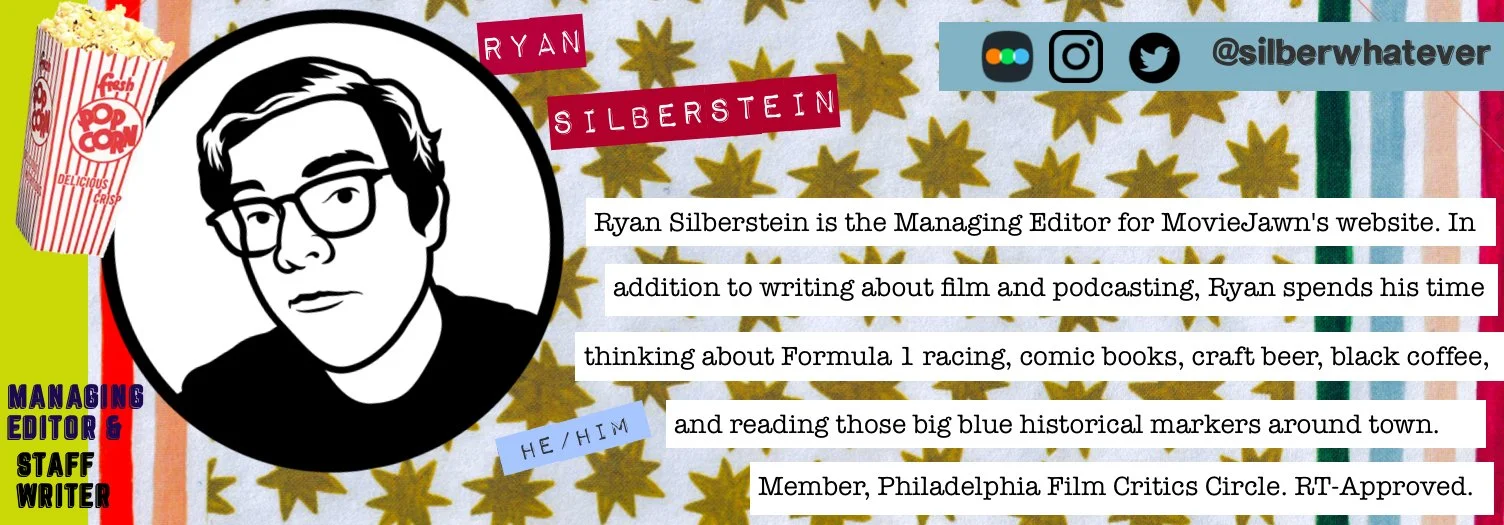INU-OH blasts the past with the power of music
Directed by Masaaki Yuasa
Written by Akiko Nogi
Starring Avu-chan, Mirai Moriyama
Rated PG-13
Runtime: 1 hour, 38 minutes
Now in theaters
by Ryan Silberstein, Managing Editor, Red Herring
Sometimes in writing about art from other cultures, I find that I might lack some context or enough understanding of them to feel like an expert opinion. I think this happens to most critics, especially those who try to avoid falling so far into a niche that they can no longer escape. But I do consider myself an expert appreciator, and I can confirm that you do not need to be an expert in Japan’s Muromachi period to thoroughly enjoy Inu-Oh. From acclaimed director Masaaki Yuasa, the film tells the story of two men–a dancer with uncommon body proportions and a blind singer–as they try to find their place in the world.
While a simple story set against a historical backdrop, Inu-Oh feels much closer to the Baz Lurhmann end of the spectrum than it does to faithful retelling of events.
Inu-Oh (Avu-chan) is based on a real person, but that person seems to basically have been a legend. Here, he is depicted as an outcast due to his physical appearance, but becomes an iconic performer by hiding under layers of clothing and reaching audiences while always masked. His companion, Tomona (Mirai Moriyama), brings musical accompaniment as well as companionship, and the movie follows these two on their lives and careers.
Masaaki Yuasa’s Night is Short, Walk On Girl was a bit of a breakout hit in 2017, and while the western crossover appeal isn’t as immediate here, there is still a ton for animation fans to sink into. Various art styles evoking everything from watercolors to abstract modern designs weave back and forth across the movie, chosen to elicit specific moods and feelings based on where the story is at any given time. Now and then a camera point-of-view sequence erupts from the frame, and I don’t think I’ve ever seen one used in conjunction with two-dimensional animation quite like this before as it feels like you are moving in 3D space inside a drawing. It’s jaw dropping.
There is a ton of music in Inu-Oh, much of it closer to 20th century rock and roll than anything out of 14th century Japan. These extended musical sequences make this feature feel like a concept album, a narrative told almost as much through music as dialogue and plot. And the music, by Otomo Yoshihide, is yet another highlight. It reflects the visual styles mixed throughout, and adds to the unique flavor of each section of the film. The musical styles range from traditional-sounding Japanese arrangements to Queen-like operatic rock, and the animation will often focus on the performing character’s hands or mouth to emphasize the kinetic movements creating the sounds. This creates an immediacy that is sometimes lacking in more Broadway-like animated features, and the detail in the drawings is exactly the kind of thing I often love when watching anime.
While the story is a bit meandering (which is honestly kind of a feature), it still has a strong message. Inu-Oh and Tomona often change personas and even names throughout their journey together, but it never changes who they’ve been the entire time. These characters pick up and shift identities many times, but they still support and love each other. It is a reminder that the external trappings of identity are not as important as what lies within, and that we can still remain connected to our loved ones as long as we continue to help each other grow and change as we find new versions of ourselves.


